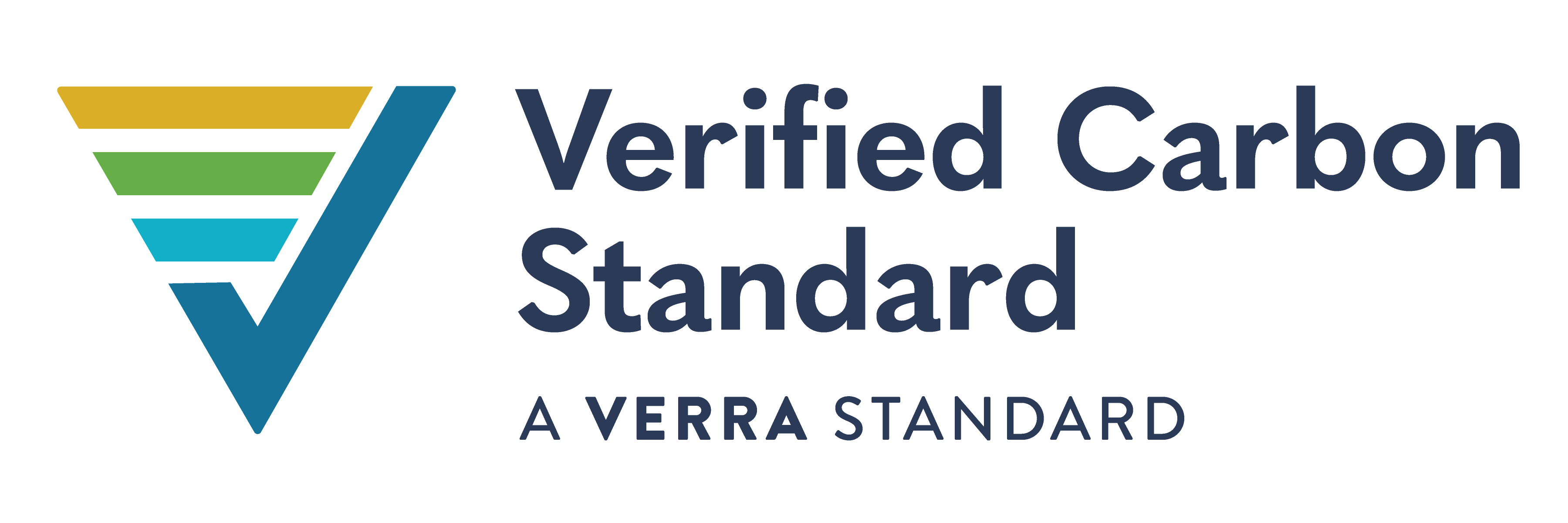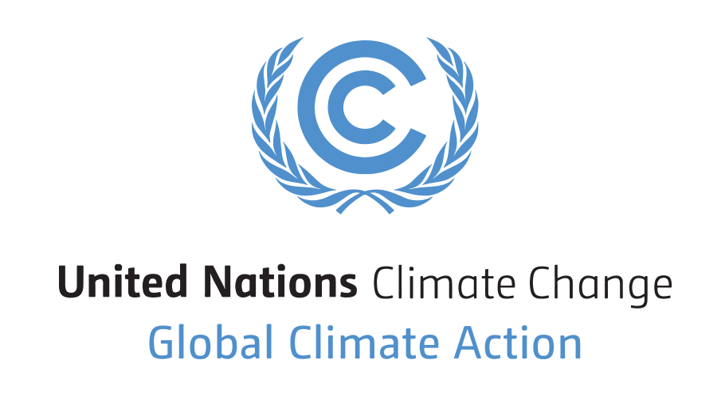
Project standards
Effectiveness and transparency in climate action
Standards and independent auditors ensure effective climate projects at ClimatePartner
The effectiveness of climate projects is an integral part of our work. As a reliable partner for the economy, we have a major responsibility to ensure that climate projects develop their full impact.
A comprehensive process ensures that climate projects meet predefined standards and are consistently monitored and regularly audited: for example, verified emission reductions can only be issued if they have previously been verified by an independent accredited body (verifier/auditors).
The importance of standards
All climate projects are based on international standards, such as the Verified Carbon Standard (VCS), the Gold Standard, and the Clean Development Mechanism (CDM). These standards set out the rules and requirements that all climate projects must meet in order to be recognized as a proven method of reducing CO2 emissions.
Standards ensure the comparability of verified emission reductions - both on the voluntary and the mandatory carbon market.
Standards perform the following tasks:
- Definition of technological requirements of climate projects
- Methodology for the quantification of verified emission reductions
- Verification of climate projects by independent third parties
- Register of verified emission reductions
ClimatePartner is a member of the International Carbon Reduction & Offset Accreditation (ICROA), a voluntary association of experts and companies that commit to accept only projects with trustworthy standards. These include the Verified Carbon Standard (VCS), the Gold Standard, and the Clean Development Mechanism (CDM).

While the Gold Standard (GS) and the Verified Carbon Standard (VCS) are most widely used in the voluntary carbon market, the Clean Development Mechanism (CDM) has also been used in the mandatory carbon market.
The GS and VCS have similar and strict requirements, but differ in their technological focus:
- VCS projects focus primarily on forest conservation projects (REDD+). However, afforestation and reforestation projects, as well as renewable energy projects can also be included.
- Gold Standard projects, on the other hand, focus on social development projects such as clean cookstoves, clean drinking water, agroforestry, reforestation, and renewable energy.
The role of standards in the lifecycle of climate projects
The standards play a crucial role for climate projects: they accompany the projects from the beginning and throughout the entire life cycle. Thus, they are crucial in ensuring that climate projects are an effective way to avoid CO2 emissions.
If a project developer wants to implement a climate project, they must prepare a Project Design Document (PDD) in accordance with the chosen methodology. This PDD is a project description comparable to a business plan. This is the prerequisite for initial registration in the registry of a standard.
To this end, the standard specifies the methodology by which a climate project can be registered. This methodology defines the important basics of climate projects:
- Criteria for project design
- Specifications for the monitoring plan (project monitoring by the project developer)
- Detailed procedures for the quantification of verified emission reductions
- Assessment of additionality
- Time and geographic constraints
- Etc.
As a project developer, you always have to use the latest version of a methodology. Each recognized project technology has its own methodology, for example forest protection, reforestation, biogas, clean cookstoves, etc.
The role of auditors in the lifecycle of climate projects
Validation of climate projects
If a project developer prepares a Project Design Document (PDD), the independent third parties come into play for the first time in addition to the standard: These independent third parties are auditors who are tasked with evaluating projects against the requirements of the selected methodologies. These accredited, neutral auditors are also called Verification and Validation Bodies (VVBs) and must be approved by the registry. Examples include TUV North/South, S&A Carbon LLC., or SCS Global Services.
The VVBs validate the Project Design Document and after successful validation, the project can be registered in the registry of the standard.
Subsequently, the project developer starts the implementation of the project and at the same time the first monitoring phase begins. In the monitoring phase, the project developer monitors and documents the project activities and collects the data for the calculation of the verified emission reductions. The monitoring phases have different durations depending on the technology and are periodically repeated.
Verification of climate projects
The VVBs are used again at the end of each monitoring phase to verify the project. During the verifications, the respective monitoring phases and the associated calculation of the verified emission reductions for this monitoring phase are checked and verified by the VVBs. Subsequently, a project can issue the verified emission reductions ex-post.
By repeating the monitoring phases and the respective verifications, several cycles are created until the end of a climate project. This ensures that a climate project is continuously monitored and regularly verified in accordance with the methodology, thus fulfilling the requirements of the standard.
Supplementary information on selected standards and auditors
At ClimatePartner, we only accept climate projects that work with trusted standards. These include the following standards:
- Gold Standard
- Verified Carbon Standard (VCS)
- Clean Development Mechanism (CDM)
- American Carbon Registry (ACR)
- Climate Action Reserve
- PV Climate
- Puro.earth (CORC)
Gold Standard (GS)

The Gold Standard for climate projects was developed with the participation of WWF and 40 other NGOs. The non-profit Swiss Gold Standard Foundation runs the secretariat for the standard. The standard sets particularly strict requirements with regard to sustainable development and the involvement of the local population.
Gold Standard for the Global Goals is an evolution of the standard since 2017 and takes a multidimensional approach to accelerate progress toward climate action and sustainable development. Through the certification according to the standard, projects provide measurable and verified evidence of their contribution to the Sustainable Development Goals in addition to their emission reductions.
Focus:
social development projects
Verifiers/auditors:
The validation and verification bodies recognized by the GS are listed here in clusters. The list includes companies such as TÜV Nord Cert, Carbon Check (India) Pvt. Ltd, or Re Carbon.
Verified Carbon Standard (VCS)

Well over half of all voluntary emission reductions worldwide are validated and verified according to the Verified Carbon Standard (VCS). The standard contains clear specifications for determining the CO2 emission reductions for the various project types, such as reforestation, wind power, or cooking stoves. This standard was initiated by the standard setter Verra. Projects must also be audited by independent third party auditors, be transparent, and conservatively calculated. The verified emission reductions generated from these projects are called Verified Carbon Units (VCU).
https://verra.org/project/vcs-program/
Focus:
Forest protection (REDD+), afforestation, reforestation as well as projects for renewable energies
Verifiers/auditors:
The validation and verification bodies recognized by VCS are listed here in clusters. The list includes companies such as AENOR International S.A.U, Carbon Check (India) Pvt. Ltd, SCS Global Services, S&A Carbon, or TÜV Süd South Asia Private Limited.
Clean Development Mechanism (CDM)

The Clean Development Mechanism (CDM) was initiated by the UNFCCC in 2004. The CDM is the first global system for environmental investments and credits. Under the CDM, climate projects in developing countries can issue Certified Emission Reductions (CERs).
Until the Paris Agreement came into force, CERs could be used by developed countries to meet part of their emission reduction targets under the Kyoto Protocol. Companies and individuals can still use CERs to meet voluntary carbon neutrality targets.
Each CDM project must be approved by the host government and is registered in the United Nations CDM Registry.
https://cdm.unfccc.int/about/index.html
Verifiers and auditors:
Under the CDM, verification is also carried out by independent auditors, in this case called Designated Operational Entities (DOEs).
https://cdm.unfccc.int/DOE/list/index.html
Well-known examples are TÜV Nord CERT Gmbh, AENOR International, RINA Services, and Carbon Check.
Additional standards for climate projects
Climate projects can still be certified with additional standards. These additional standards are only possible in combination with the Gold Standard, the Verified Carbon Standard, or the Clean Development Mechanism: